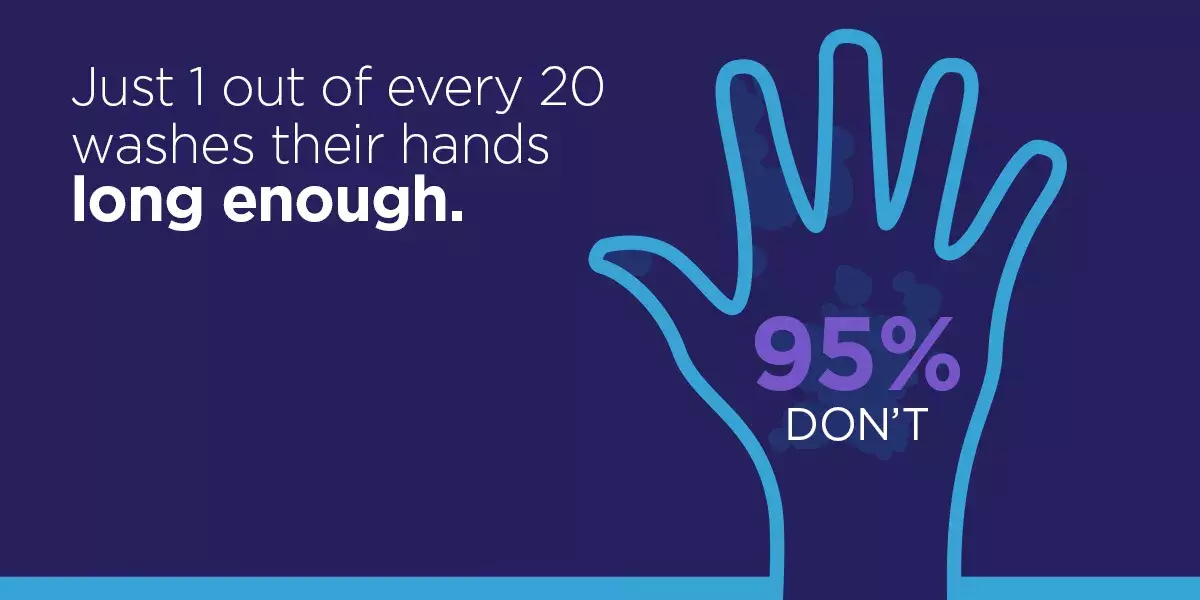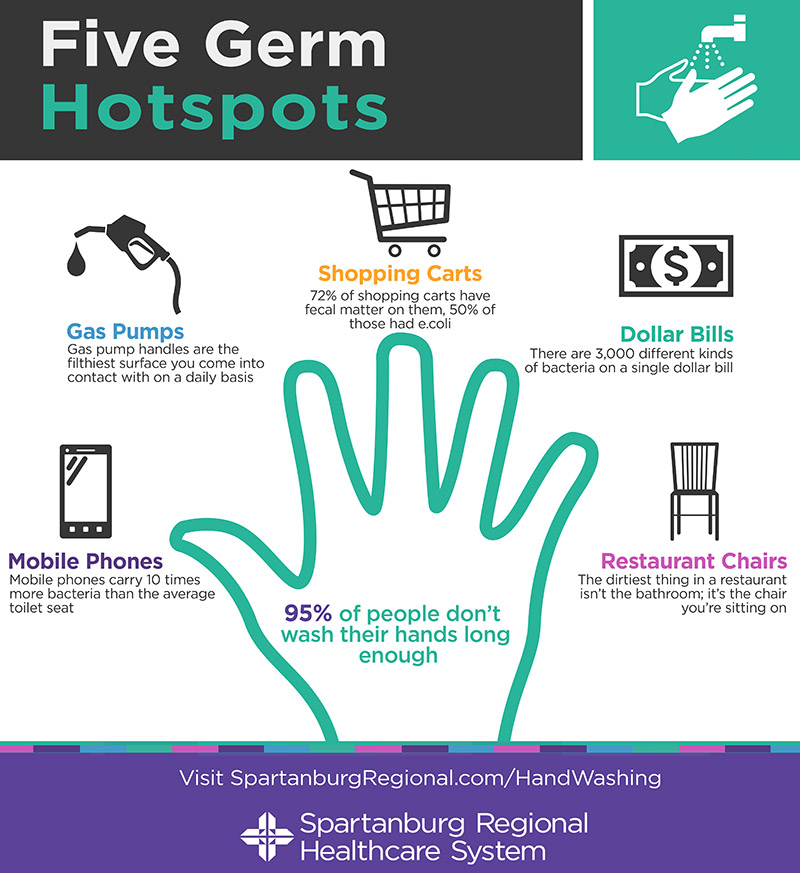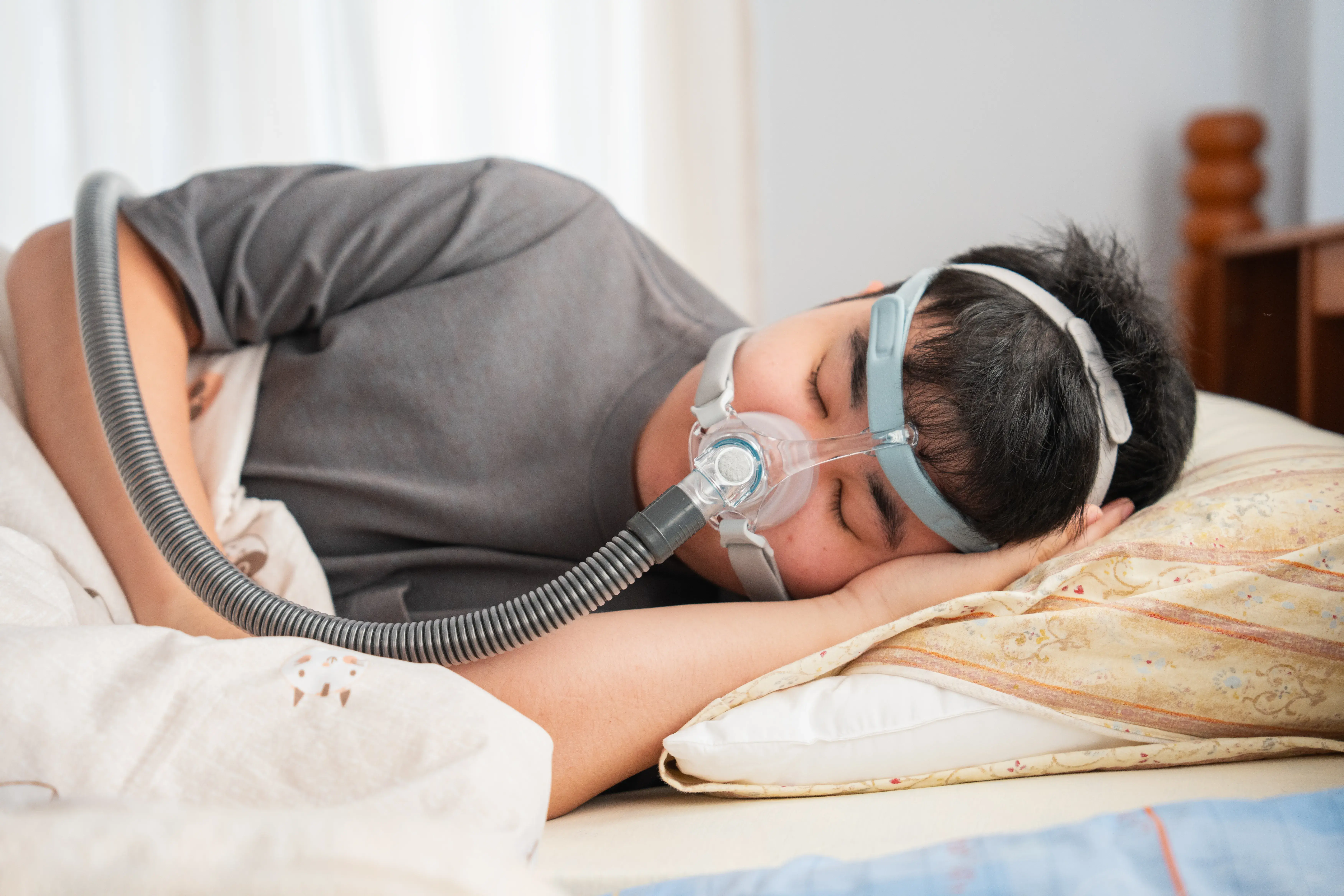
Watch what you touch: Keeping clean during flu season
Stop what you are doing; think back on your day. Did you pet your cat and then eat a sandwich without washing your hands first? Did you just wash dishes with an old sponge and then touch a doorknob?
Diseases are spread through everyday activities and germs. When you flush your toilet without closing it, germs can travel as far as six feet and land on your sink and toothbrush. Your kitchen sink has nearly 100,000 times the germs of than your bathroom. That sponge you washed last night's dishes with contains thousands of bacteria, which could include E. coli or salmonella.
During cold and flu season, it's important to know how to practice good hygiene to stay in top health. Washing your hands frequently is the main way to avoid getting sick this winter. Practicing good hygiene leads to better health.
Hand washing can reduce the risk of respiratory infections by 16 percent. It is also estimated that washing hands with soap and water could reduce diarrheal disease-associated deaths by up to 50 percent and routine hand washing could prevent millions of deaths a year, according to the Centers for Disease Control and Prevention (CDC).
A large percentage of foodborne disease outbreaks are spread by contaminated hands. Appropriate hand washing practices can reduce the risk of foodborne illness and other infections, according to the CDC.
So how can I stay clean and free of illness?
Wash your hands
- Before, during and after preparing food
- Before eating food
- Before and after caring for someone who is sick
- Before and after treating a cut or wound
- After using the toilet
- After changing diapers or cleaning up a child who has used the toilet
- After blowing your nose, coughing or sneezing
- After touching an animal, animal feed or animal waste
- After handling pet food or pet treats
- After touching garbage
How should you wash your hands?
- Wet your hands with clean, running water (warm or cold), turn off the tap and apply soap.
- Lather your hands by rubbing them together with the soap. Be sure to lather the backs of your hands, between your fingers and under your nails.
- Scrub your hands for at least 20 seconds. Need a timer? Hum the "Happy Birthday" song from beginning to end twice.
- Rinse your hands well under clean, running water.
- Dry your hands using a clean towel or air-dry them.
Though soap and water is the best way to reduce bacteria, if you aren't able to access soap and water, hand sanitizer containing at least 60 percent alcohol can be substituted.
A simple way to stay healthy
Hand washing doesn't take much time or effort, but it offers great rewards in terms of preventing illness. Adopting this simple habit can play a major role in protecting your health.
Five Germ Hotspots
- Shopping carts - 72% of shopping carts have fecal matter on them and 50% of those had e.coli.
- Gas pumps - Gas pump handles are the filthiest surface you come into contact with on a daily basis.
- Dollar bills - There are 3,000 different kinds of bacteria on a single dollar bill.
- Mobile phones - Mobile phones carry 10 times more bacteria than the average toilet seat.
- Restaurant chairs - The dirtiest thing in a restaurant isn't the bathroom; it's the chair you're sitting on.













